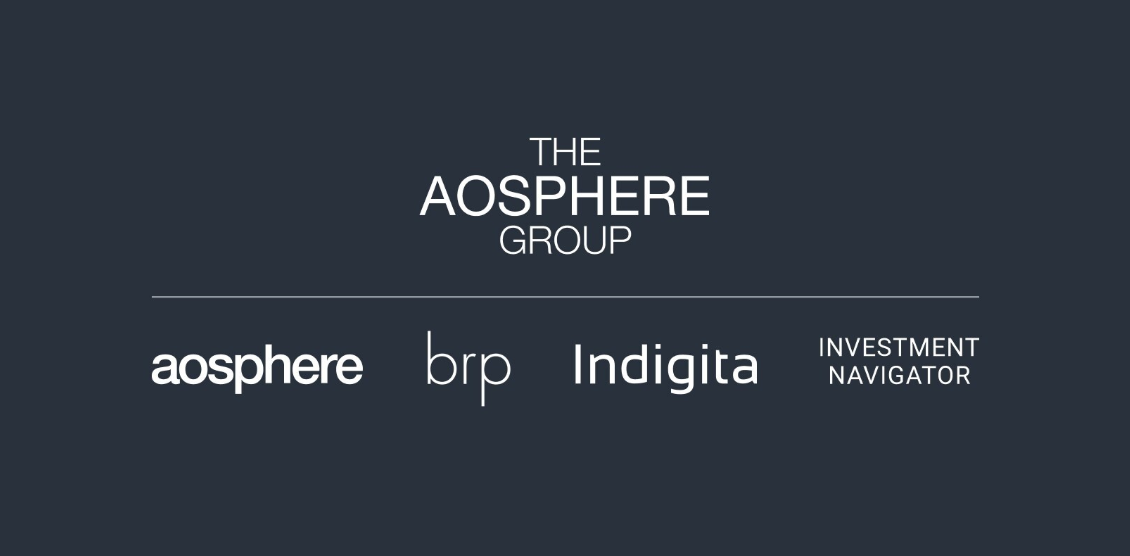Tuesday, 24 October 2023
Monde Economique by Andrea Briganti, Head of e-Learning Indigita SA
Money laundering issues are a daily challenge for compliance officers at financial intermediaries in Switzerland. This is not only due to the plethora of supplementary regulations such as the Money Laundering Act, various FINMA ordinances, the CDB, laws on embargoes, tax offences, exploitation of insider information, Articles 305bis and 305ter of the Criminal Code, and more, but also to the fact that compliance officers can be held personally liable in the event of a breach.
Sanctions can range from administrative measures, including disqualification and withdrawal of authorisation, to criminal proceedings that can result in fines and imprisonment.
The fear of a potential offence is so great that MROS (Money Laundering Reporting Office) receives many reports based on reasonable suspicion. In fact, under article 9 of the Money Laundering Act, financial intermediaries are required to report to MROS without delay any business relationship or transaction that gives rise to (unclarified) suspicions as to the criminal origin of the assets involved. The regulatory landscape is unlikely to get any simpler, for example with crypto-currencies and the financial digitisation of traditional assets.
For example, venturing beyond the familiar regulatory landscape of our region and traditional asset classes, the FATF (Financial Action Task Force) recently published a paper dealing with money laundering in the traditional and digital art market, which includes NFTs.
It is also in these new areas that the skills and systems available to the compliance officer need to evolve to encompass the monitoring of business relationships and transactions initiated by customers operating in markets beyond the traditional financial framework.
However, it is not only regulations that present challenges to compliance officers; the bank’s risk tolerance and the approach of relationship managers are two important factors that can hinder the effective management of money laundering risks.
Each bank must define criteria for classifying high-risk customers, which may lead to overly strict or insufficient control measures. In addition, customer relationship managers are required to provide adequate assistance in preparing KYC (Know Your Customer) documentation, in carrying out customer due diligence (CDD) to verify the origin of funds, or in the appropriate corroboration of transactions (KYT). All this without taking into account the complexities involved in opening or auditing accounts for foreign and Swiss politically exposed persons (PEPs), international organisations (sports federations, intergovernmental organisations), unlisted operating companies and related structures.
A recent FINMA publication of August 2023, which highlights shortcomings in supervisory practices related to money laundering risk assessment, reflects these challenges. In particular, the supervisory body identified the absence of a well-defined threshold for money laundering risk tolerance, meaning that there are no clearly established self-imposed limits to mitigate these risks.
Given the issues discussed, it is imperative that financial intermediaries take concerted action to minimise the risks identified.
This can be done by allocating adequate financial resources to enable the compliance department to improve the internal control system, including upgrading IT systems. In addition, comprehensive training should be provided to all stakeholders within banking institutions, so that compliance issues are no longer perceived as obstacles, but rather as crucial skills contributing to business success, for the bank and for customers.




